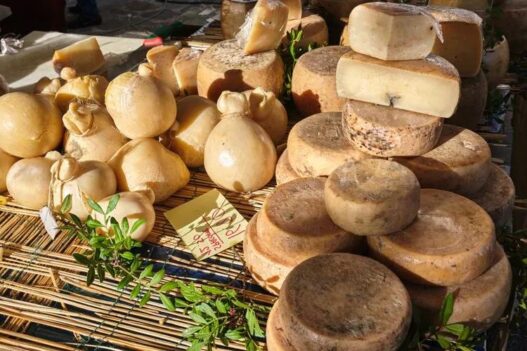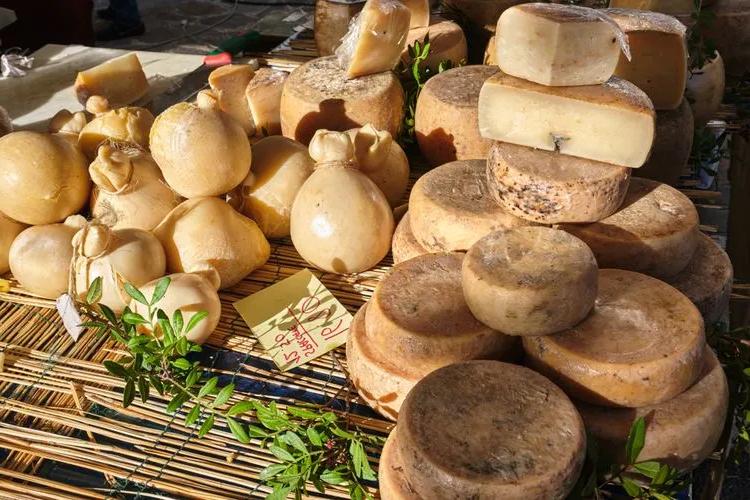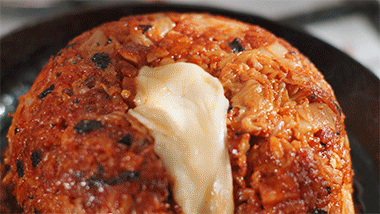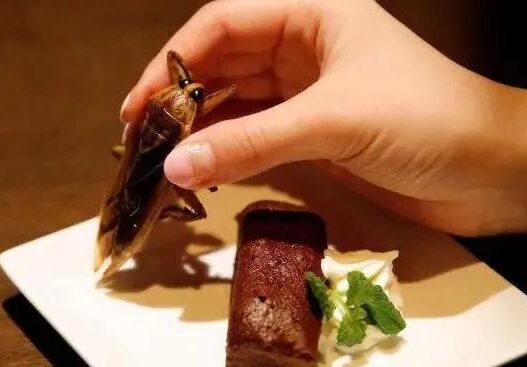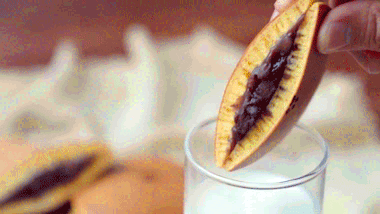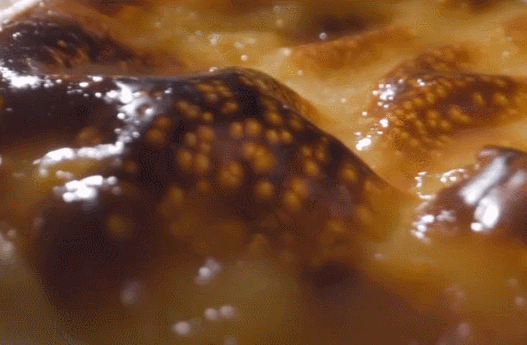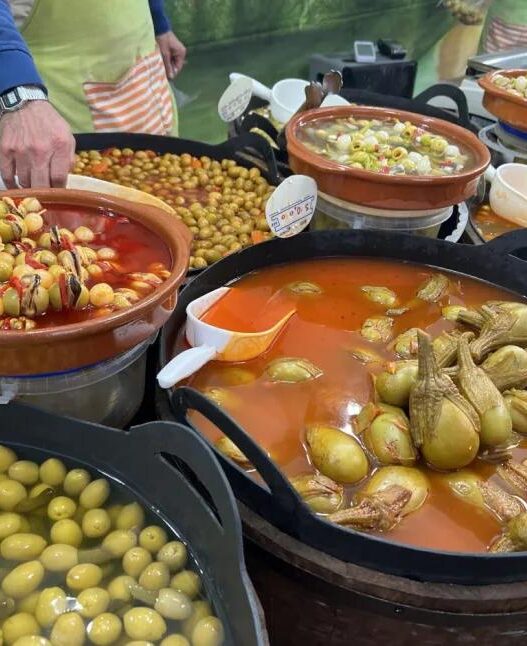This delicacy is now known as “the world’s most dangerous cheese,” and selling it is even illegal.

This is the infamous “Casu marzu,” which literally translates to “rotten sheep cheese” (Pecorino Cheese), a traditional Sardinian sheep’s milk cheese renowned for containing live fly larvae.
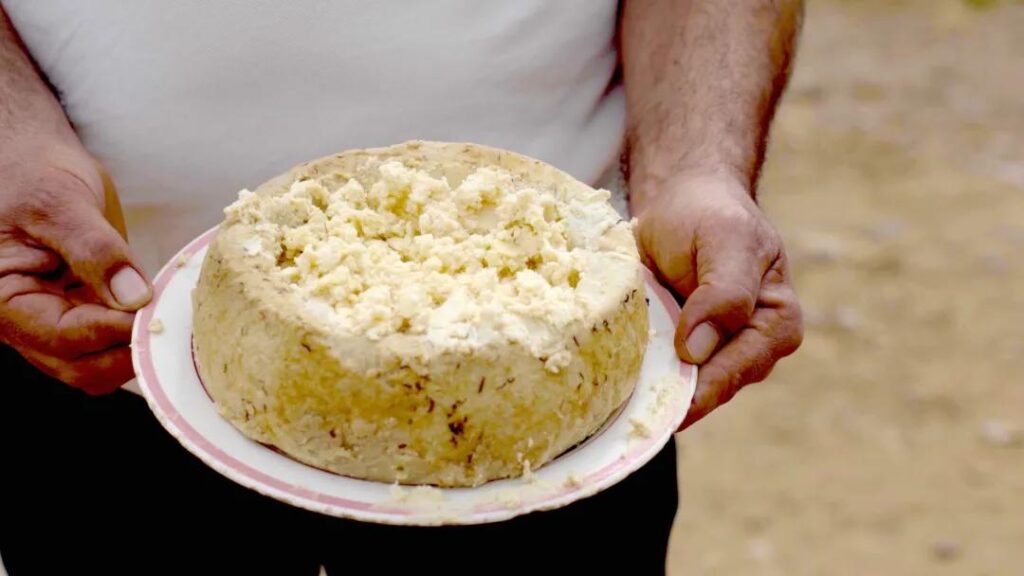
It might conjure up some unpleasant images, but this dish is highly sought after among Italians. Locals call it “Casu Marzu,” which sounds much better…
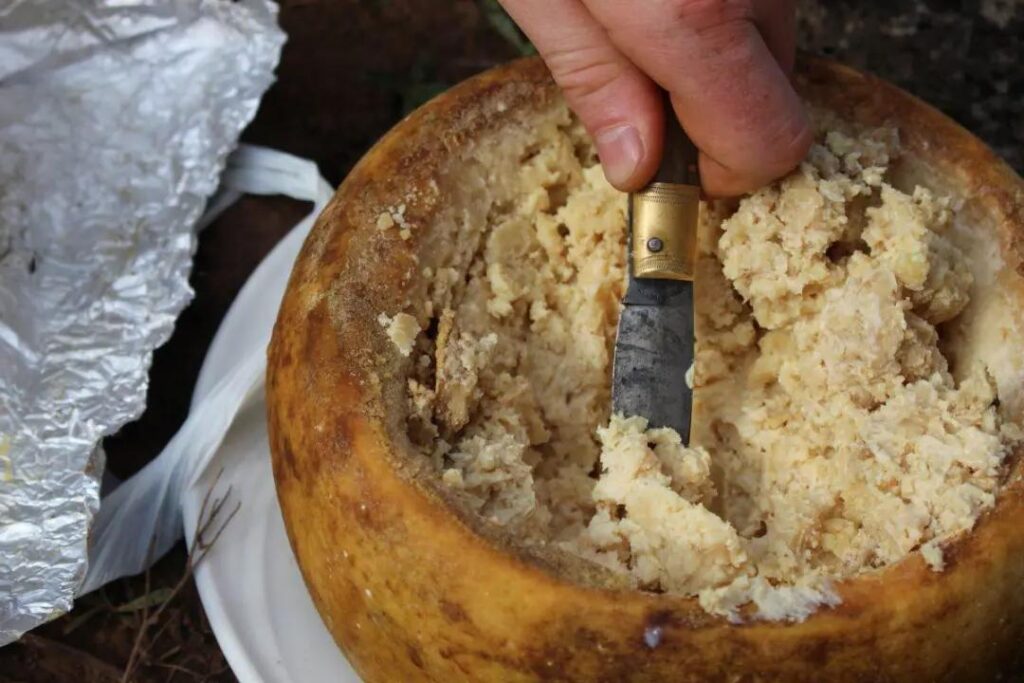
The Unique Flavor Bestowed by Maggots
The making of Casu marzu has a history of thousands of years in the region. Unlike cheeses fermented from cow’s milk, Casu marzu is made from local sheep’s milk, which is higher in fat content, resulting in a cheese with a richer milk flavor.
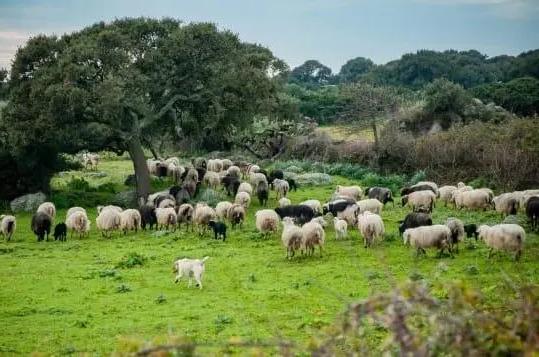
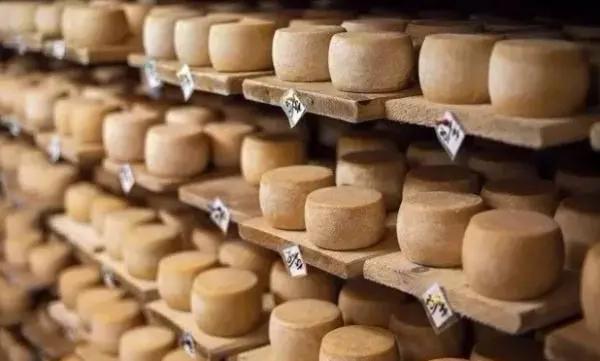
Because this cheese is inhabited by thousands of live maggots, it’s not for the faint-hearted. Despite its initial off-putting appearance, which might trigger a physiological aversion, the maggots give the cheese its unique texture and flavor.
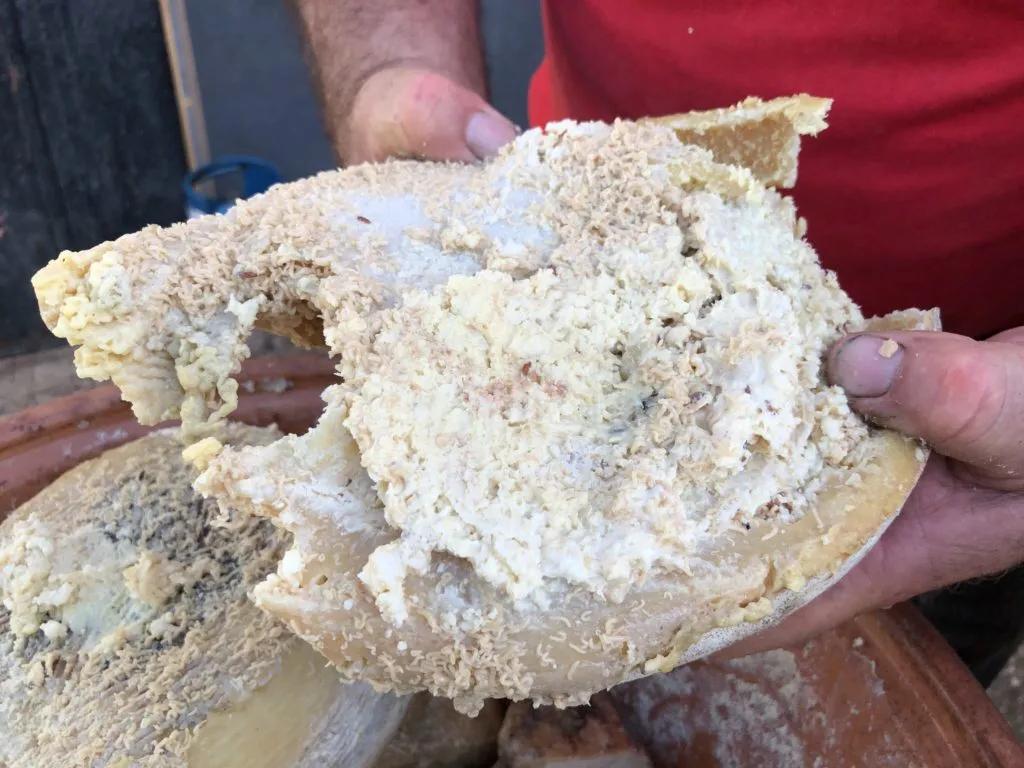
To make Casu marzu, you start with a hard shell of sheep’s milk cheese, skipping the classic fermentation process.
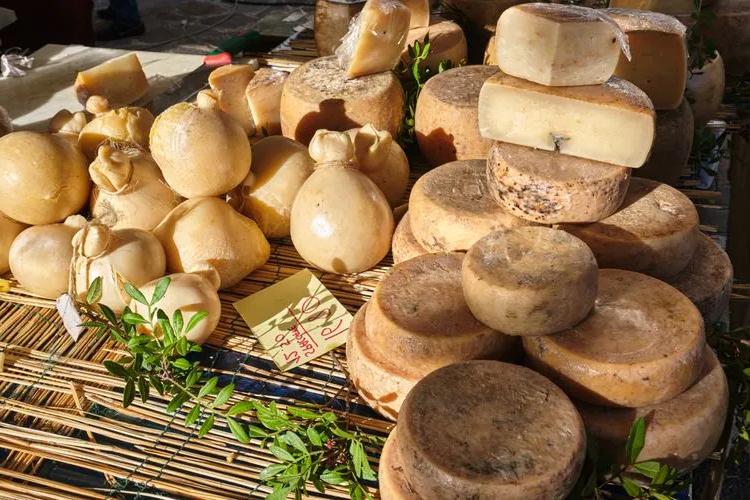
Using a knife, you cut open the top of the cheese, creating a lid, and then crumble part of the interior to make a softer cheese powder, providing the perfect environment for flies to lay their eggs.
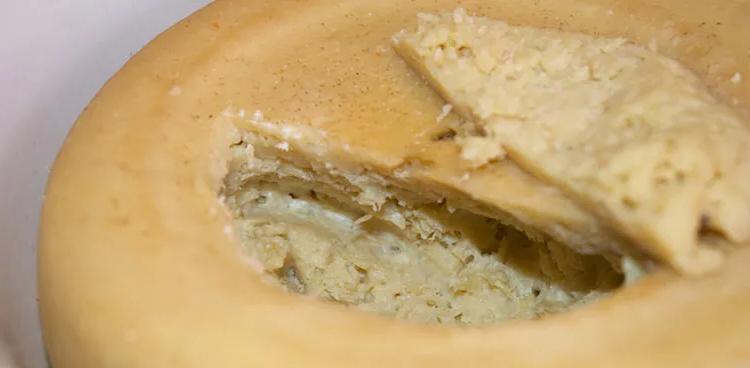
This attracts a species of fly known as “cheese flies” (Piophila casei) to lay eggs on it.
The eggs gradually develop into fat, white larvae, and their digestive enzymes produce acid, promoting a special kind of fermentation that breaks down the cheese’s fats. After this unique fermentation, the cheese becomes incredibly soft and smooth, with some liquid seeping out.
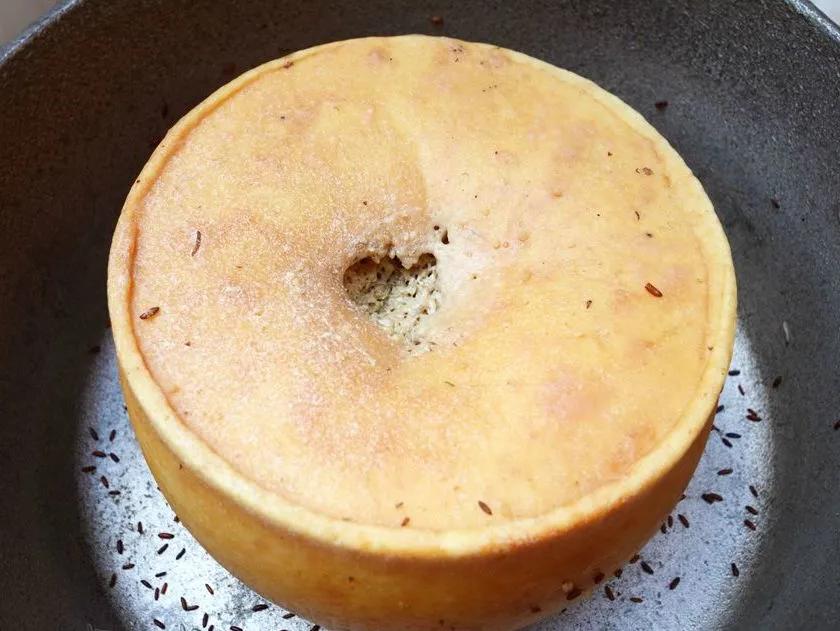
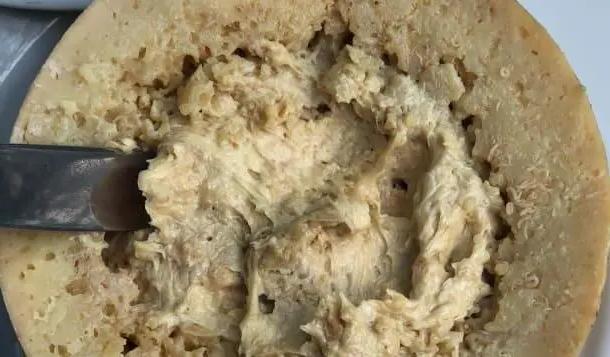
After about two months, you can enjoy this delicacy. The cheese will surprise you as cute little larvae jump out from within.
The larvae are whitish, translucent worms, about 8 millimeters long. When disturbed, they can jump up to 15 centimeters high. You can remove the larvae before eating the cheese, but some diners prefer to keep them in.
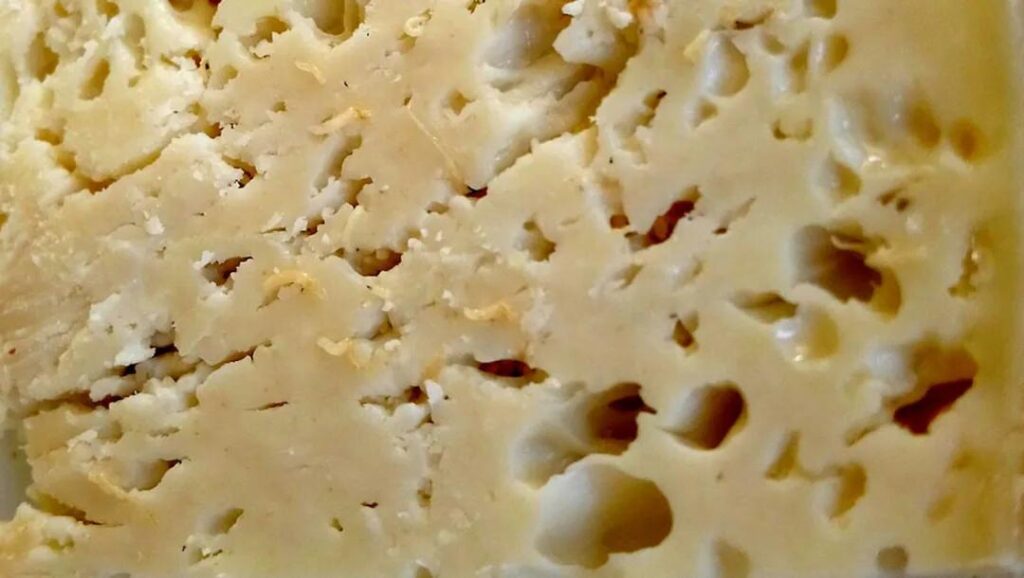
Many Sardinians believe this cheese can nourish and invigorate, but it’s really the taste that people enjoy, thanks to the extra fermentation provided by the maggots. It has a spicy taste when you first bite into it, but as that spiciness fades, your entire mouth is enveloped by a rich, milky aroma.
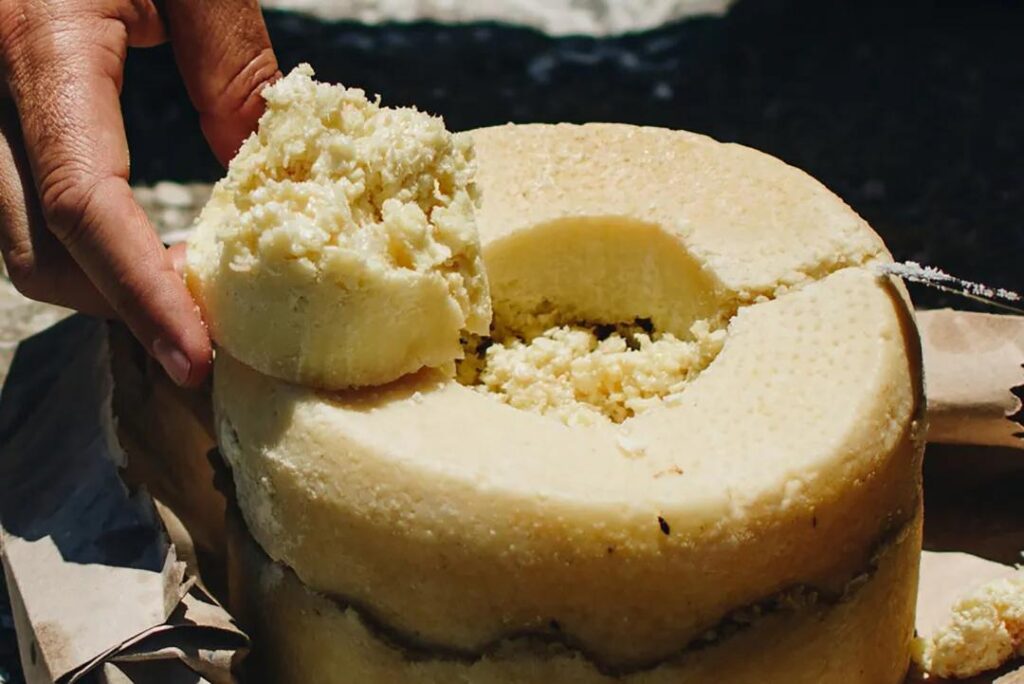
Locals like to pair Casu marzu with homemade high-proof red wine, considering it a heavenly treat. However, there’s a cost to this delicacy; the pungent fermentation smell lingers in your mouth for several hours.
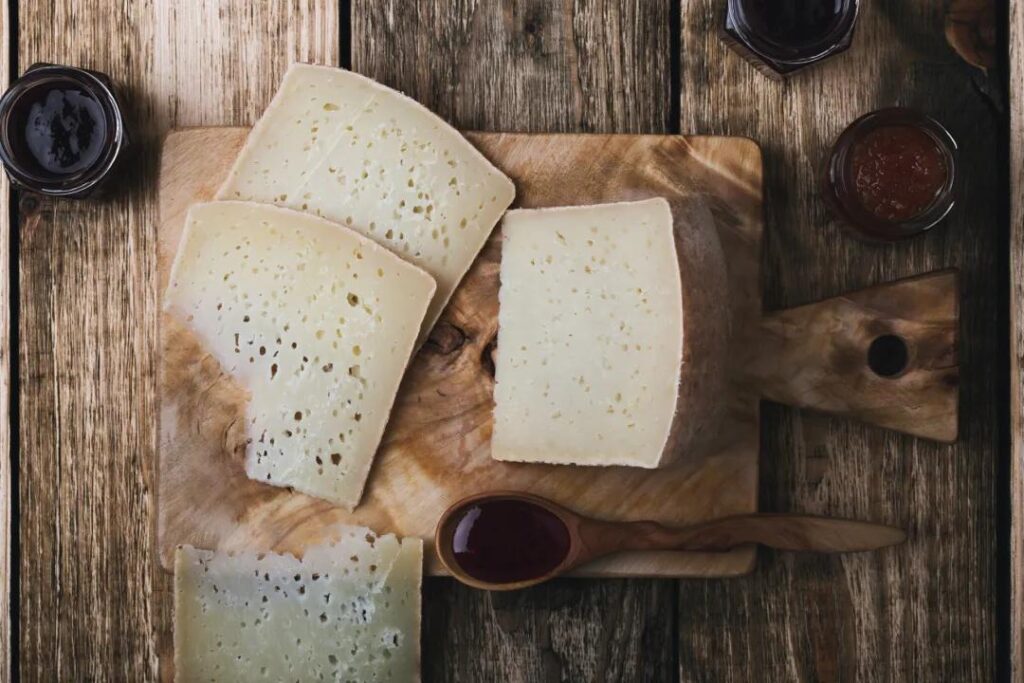
There are also some rules to eating Casu marzu. You must poke the larvae with a fork; if they don’t move, it means the cheese is no longer fresh and shouldn’t be eaten.
The Cheese Ban
Maggot cheese is so bizarre that it’s almost a challenge to human physiology. Although locals claim it’s just cheese with meat, the combination of white maggots wriggling in the cheese is a hard barrier to overcome.
You might worry about food safety, and indeed, EU authorities have raised concerns about the safety of Casu marzu and have strictly prohibited its sale.
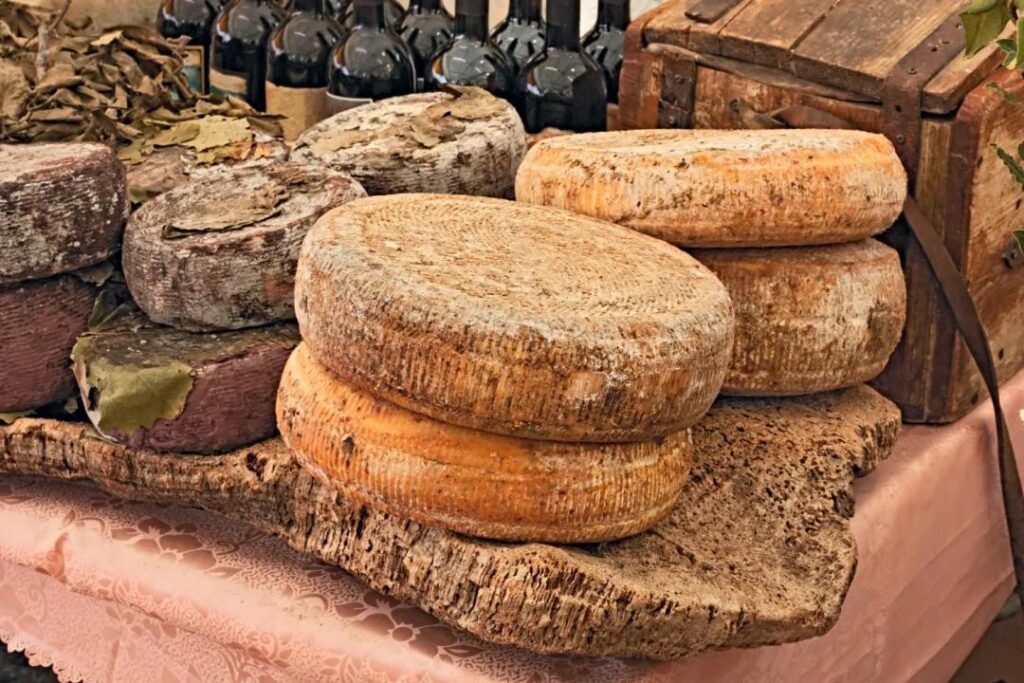
The reason given is that the maggots might not be digested by stomach acid and could enter the intestines, potentially causing digestive issues. Although rare, there have been cases where maggots have caused intestinal damage, leading to vomiting, diarrhea, or even stomach bleeding.
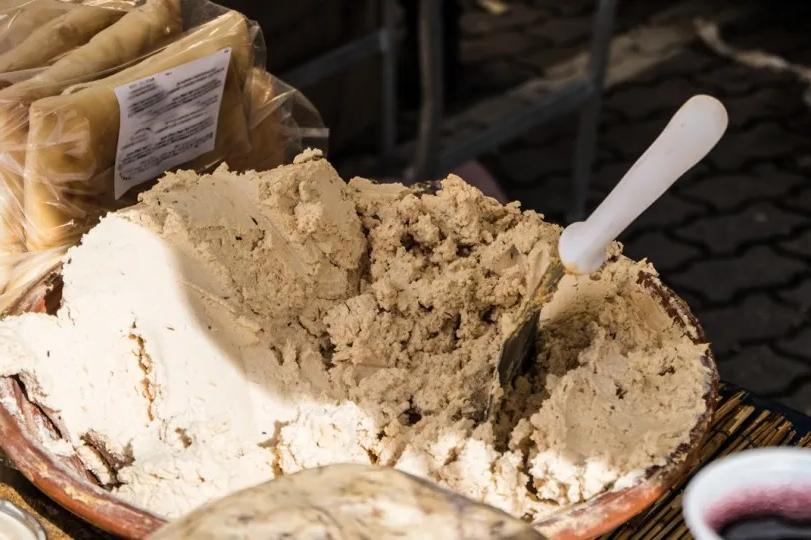
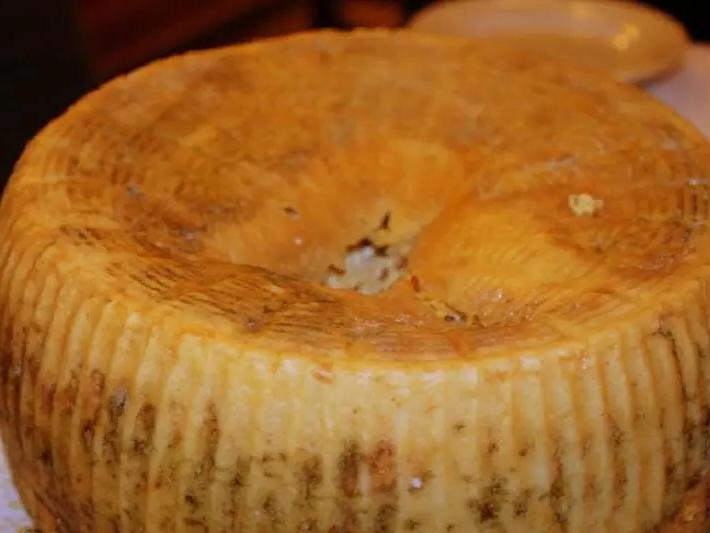
However, food enthusiasts don’t care much about these concerns, believing that “such small maggots can’t possibly cause problems in the intestines.” This led to quite a stir at the time, with many people taking to the streets to defend their “right to eat.”
The EU court ignored the local protests and continued to enforce the ban, which only prohibits the sale and distribution of maggot cheese, not its home production and consumption.
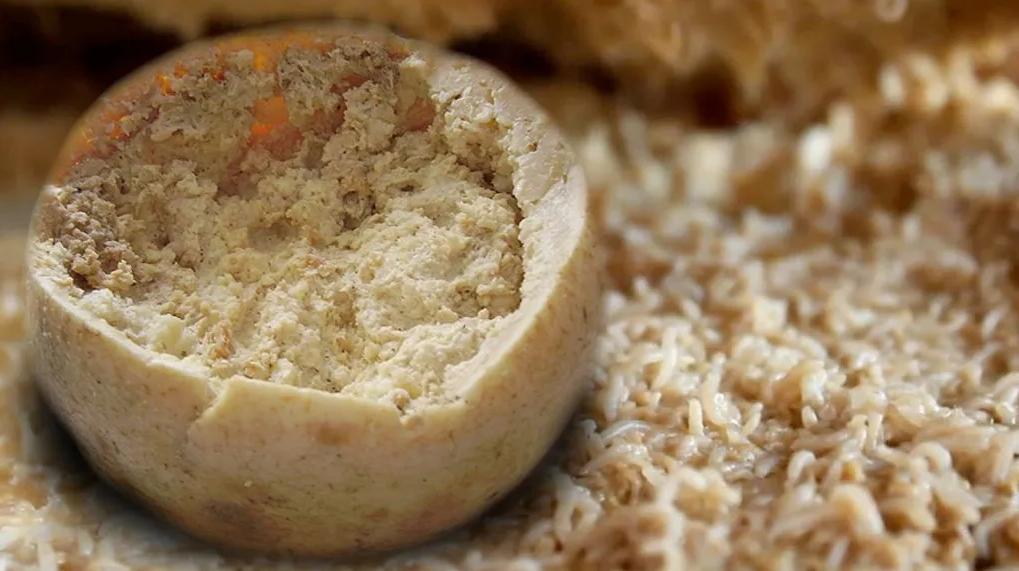
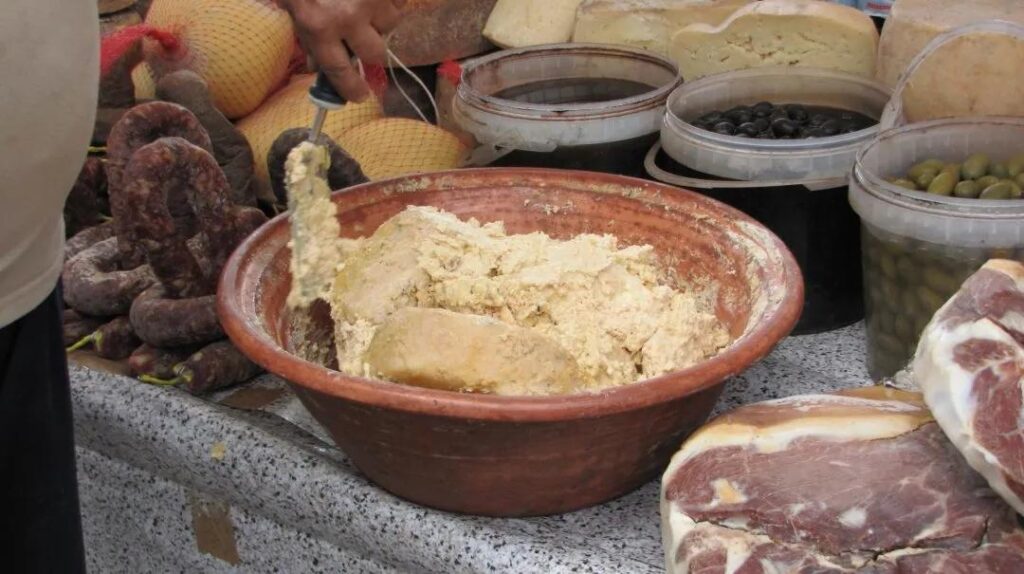
To this day, maggot cheese remains a favorite among Sardinians for special occasions like weddings and birthdays, and they believe the best way to enjoy this dish is not alone but in a group setting.

A large group of people, enjoying high-proof red wine together, find the livelier the maggots, the fresher the cheese, and the happier they are.
Those with weaker stomachs might choose to suffocate the maggots by sealing the cheese in a plastic bag or freeze them before eating, although most locals believe this affects the cheese’s flavor and texture.
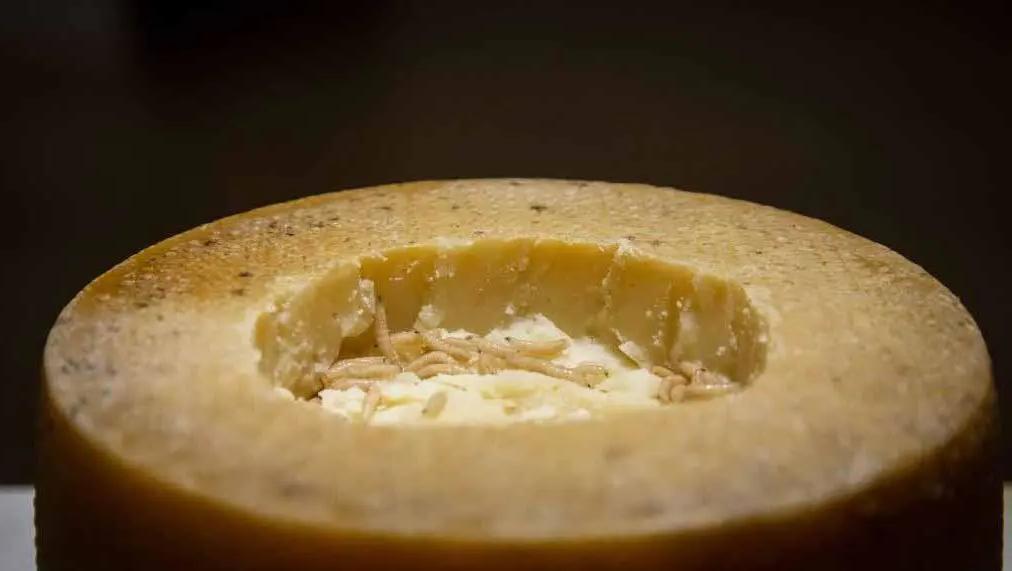
To be honest… the editor thinks that being able to put it in your mouth at all is already quite brave.







